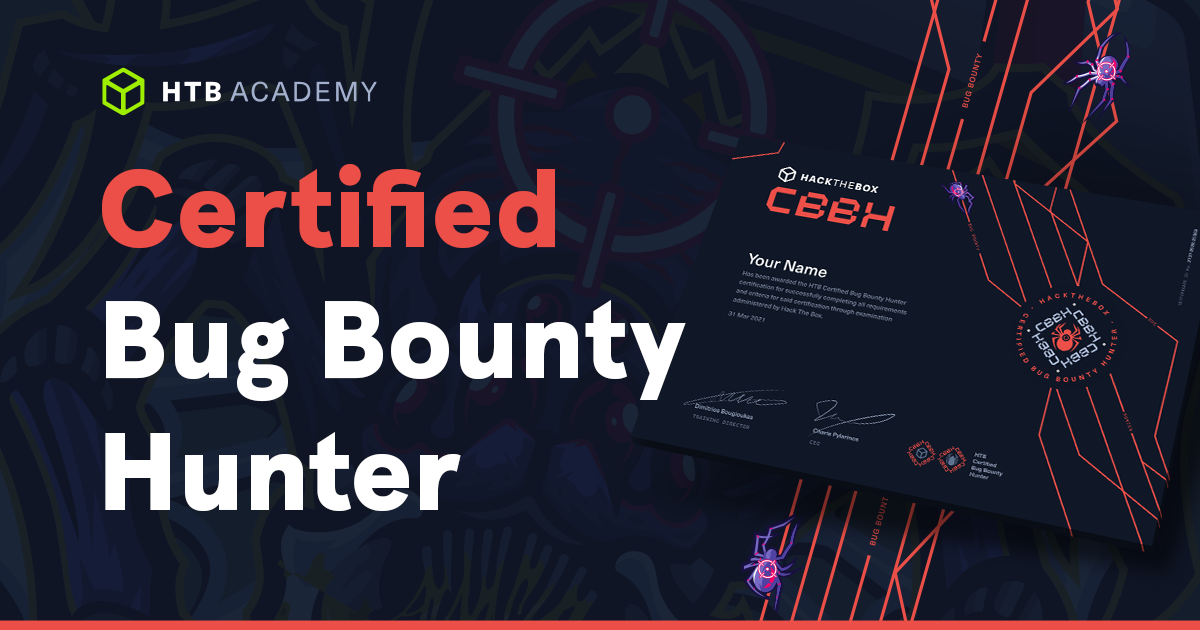Tails according to Edward Snowden
If you look at the way post-2013 whistleblowers have been caught, it is clear the absolute most important thing you can do to maintain your anonymity is reduce the number of places in your operational activity where you can make mistakes. Tor and Tails still do precisely that.
— Edward Snowden (@Snowden) August 24, 2019
“We are very excited to present you Tails 6.0, the first version of Tails based on Debian 12 (Bookworm) and GNOME 43. Tails 6.0 brings new versions of most of the software included in Tails as well as several important security and usability improvements.”
Tails OS, with its strong emphasis on privacy and security, serves a variety of users and use cases, ranging from ordinary individuals concerned about their online privacy to professionals handling sensitive information.
For journalists and activists working in environments where freedom of speech is restricted, Tails OS is an indispensable tool. It enables them to communicate securely and anonymously, ensuring that their research, sources, and themselves remain protected from surveillance and censorship. By using Tails, they can bypass internet restrictions to access and disseminate information freely, making it a critical asset for reporting and activism in oppressive regimes.
Privacy-conscious individuals also find Tails OS highly beneficial. In an era where online tracking and data breaches are commonplace, Tails offers a way to browse the internet without leaving a trace. Whether conducting sensitive research, accessing medical or financial information, or simply wanting to keep one’s online activities private, Tails provides the necessary anonymity and security. Its use of the Tor network ensures users can avoid trackers and advertisements, preserving their privacy.
Furthermore, professionals dealing with confidential information, such as lawyers and business executives, can use Tails OS to secure their communications and data. Tails’ ability to run from a USB stick without leaving a trace on the host computer, coupled with its strong encryption tools, helps protect sensitive client or business information against leaks and espionage. This makes Tails a valuable tool for ensuring confidentiality and integrity in professional communications and data handling, enhancing security in critical business operations.
What is Tails?
Story
In a country where the press is tightly controlled and the internet is heavily surveilled, Maya, an intrepid journalist, sought to uncover the truth behind government corruption. She knew the risks involved; her work could lead to severe repercussions if her identity or sources were discovered. To protect herself and her sources, Maya turned to Tails OS, a lifeline for journalists working under such conditions.
Maya’s investigation led her to a whistleblower willing to expose the corruption, but they needed a secure way to communicate. Using Tails, Maya could connect to the internet anonymously through the Tor network, ensuring their emails and messages were encrypted and untraceable. This anonymity allowed her to receive sensitive documents without exposing her location or her source’s identity. The amnesic feature of Tails meant that each time she shut down her computer, any trace of her activities was erased, leaving no digital footprint for authorities to follow.
As Maya pieced together the evidence, she realized the impact her story could have. It wasn’t just about exposing corruption; it was about sparking change and giving voice to those silenced by fear. Publishing her findings would be dangerous, but Tails OS offered a beacon of hope. She prepared her report and used a secure drop provided by her publication, accessible only through Tails, ensuring her work could reach the public without compromising her safety or that of her whistleblower. When her story finally broke, it sent shockwaves through the nation, igniting discussions on reform and accountability. Maya’s use of Tails OS had not only protected her throughout this perilous journey but had also ensured that the truth, once shrouded in secrecy, could illuminate the path toward justice.




